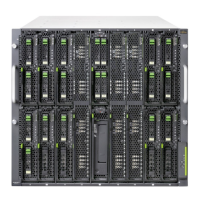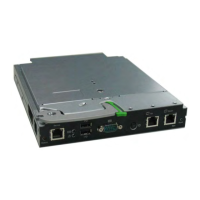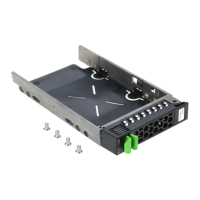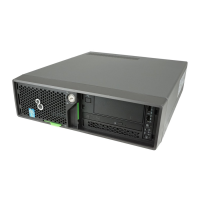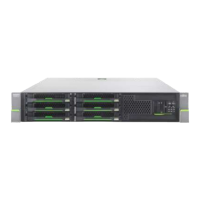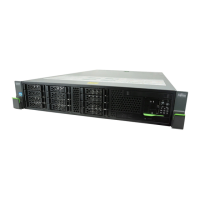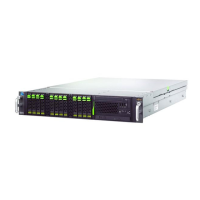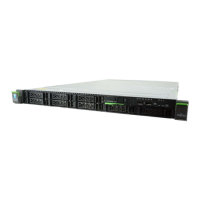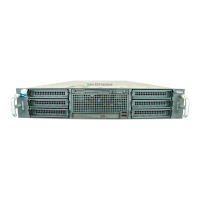© 2011 Fujitsu Technology Solutions
17
3 Overview Uplink and downlink
The ports (EXT37~EXT48 for SB11a, EXT37-EXT46 for SB11) connected to the external
network are called uplink port/external port, and the ports (INT1~INT36) connected to the NICs
of server blades are called downlink port/internal port. In SB11a, it provides 12 external ports
(8 RJ-45 ports and 4 SFP ports) and 36 downlink ports. In SB11, it provides 10 external ports
(8 RJ-45 ports and 2 SFP+ ports) and 36 downlink ports.
Uplink ports
Each uplink port is configured as a member of a LAG in default; it provides the external access
connection for Server Blade System. The configuration of uplink ports eliminates the need for
the Spanning Tree Protocol to prevent network loops and also provides a redundant function
for the external connection to improve network reliability.
In addition, the L2 failover feature is also provided for the uplink ports. With Network Adaptor
Teaming configured on the server blade Ethernet NIC, the servers can maintain redundant
links to multiple Ethernet Connection Blades within the Blade Server System to provide
enhanced reliability. The L2 failover feature allows the Ethernet Connection Blade to disable
the server-blade ports when all of its uplink ports are inactive. This causes the Network
Adaptor Teaming software to failover to the other Ethernet Connection Blade(s) in the Blade
Server System.
Downlink ports
Downlink port provides a network connection with 1Gbps full-duplex speed for the server
blades. The downlink ports could be configured as a member of a LAG to combine server
blade NICs connected to same Ethernet Connection Blade to provide a higher network
bandwidth for a server blade.

